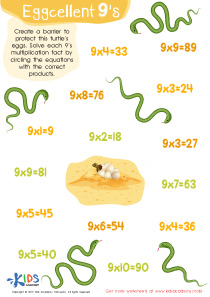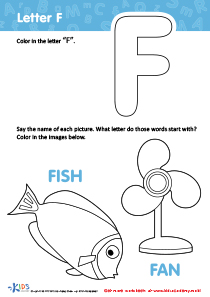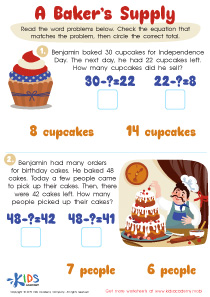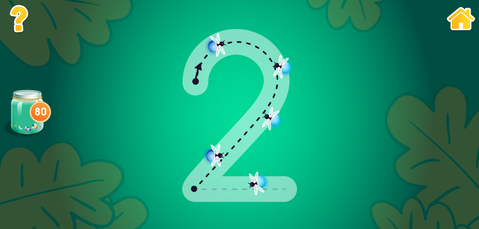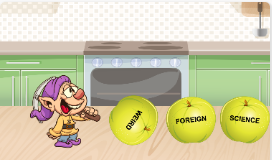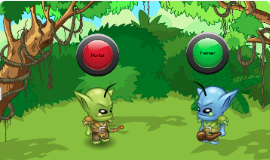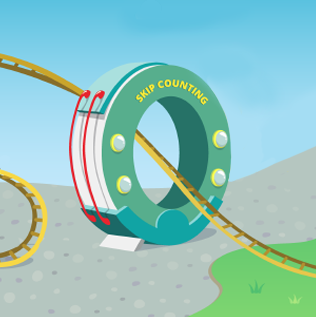Math Lessons | 2D and 3D Shapes
7 results
Our 2D and 3D Shapes Lessons provide a comprehensive introduction to geometry for preschoolers through elementary school students. Our interactive worksheets engage children with hands-on activities to develop their understanding of 2D and 3D shapes, their attributes, and their relationships. Our educational videos further enhance their learning by providing visual examples and demonstrations. Our assessment quizzes evaluate their understanding and allow them to apply their knowledge. These lessons are essential for developing critical thinking skills, problem-solving skills, and spatial reasoning skills. Give your child a strong foundation in geometry with our 2D and 3D Shapes Lessons.
2D and 3D Shapes Lessons are an essential component of early childhood education. Kids in Preschool, Kindergarten, Grade 1, Grade 2, and Grade 3 will benefit a lot from these lessons, which comprise interactive worksheets, educational videos, and assessment quizzes. By learning about two-dimensional and three-dimensional shapes, kids can develop their understanding of geometry and spatial reasoning, which are essential for their future academic success.
The first advantage of 2D and 3D Shapes Lessons is that they help to enhance kids’ cognitive abilities. When children learn about various shapes, they are involved in a complex cognitive process that requires them to use their memory, attention, pattern recognition, and problem-solving skills. For example, to identify a cube, kids must recognize its six square faces, eight vertices, and twelve edges. This requires them to recall the characteristics and the name of the shape, compare it to other shapes they know, and recognize the patterns that make up the shape. By practicing these cognitive skills, kids improve their ability to think logically, make connections, and apply their knowledge to real-world situations.
Another benefit of 2D and 3D Shapes Lessons is that they help to promote visual-spatial skills. Visual-spatial skills involve the ability to perceive, analyze, and understand spatial relations between objects. Learning about shapes can help kids recognize spatial patterns, such as symmetry, congruency, and orientation. They can also develop their mental imagery, which is the ability to form visual pictures in the mind. By improving their visual-spatial skills, kids can better understand and navigate the world around them, and they can lay a strong foundation for future STEM subjects, such as math, science, and engineering.
Moreover, 2D and 3D Shapes Lessons can foster creativity and imagination. When kids learn about shapes, they can see how simple geometric forms can be combined in endless ways to create complex and visually appealing designs. They can also use their imagination to transform shapes into real-world objects, such as a house, a car, or a spaceship. This type of imaginative play can boost kids’ confidence, curiosity, and self-expression, and it can encourage them to explore different ideas and perspectives.
Finally, 2D and 3D Shapes Lessons can help to develop social-emotional skills. Learning about shapes can be a collaborative and interactive experience. Kids can work together on worksheets, watch educational videos, and play assessment games.
